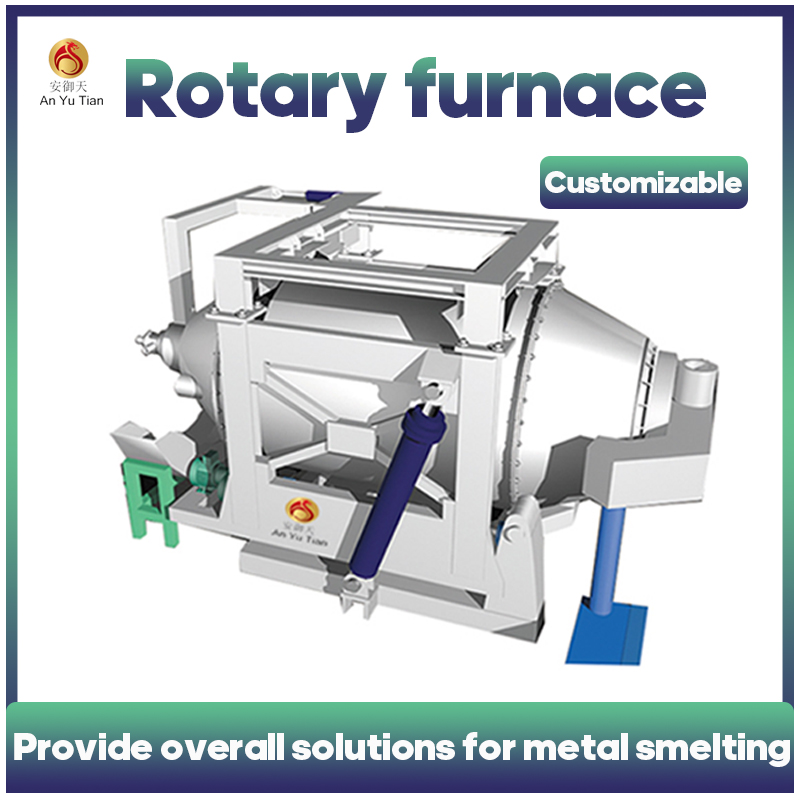NEWS&EVENTS
In the tin smelting industry, rotary furnaces stand out for their unique "dynamic" melting mode, offering numerous significant advantages.
The rotary furnace's greatest strength lies in its dynamic melting mode. Unlike the "static" melting method of a reverberatory furnace, the slowly rotating furnace body of a rotary furnace constantly tumbles and stirs the tin concentrate, reducing agent, flux, and other materials within. This dynamic process greatly promotes sufficient contact and reaction between the raw materials, ensuring a more uniform and efficient chemical reaction.

In terms of raw material adaptability, rotary furnaces excel, being particularly well-suited for processing complex, low-grade raw materials. They can operate stably and effectively melt low-grade ores, miscellaneous materials, and waste materials with highly fluctuating composition and high impurity content, transforming previously unusable resources into valuable tin products and improving overall resource utilization.
In terms of heat and mass transfer efficiency, dynamic stirring enables rapid and uniform heat and material transfer, significantly improving melting efficiency and shortening the melting cycle. In terms of energy consumption, the rotary furnace is at a medium level. While ensuring efficient smelting, it does not cause excessive energy consumption and has a certain degree of economy.
Rotary furnaces are particularly well-suited for processing low-grade ores, miscellaneous materials, and waste, providing tin smelters with a reliable solution for handling complex raw materials. With continuous technological advancements and the pursuit of efficient resource utilization, rotary furnaces for tin smelting are expected to play a vital role in more scenarios, driving the tin smelting industry towards greater efficiency and environmental friendliness.